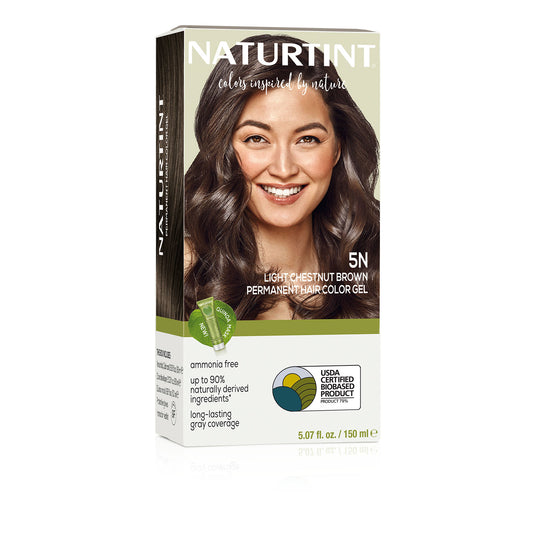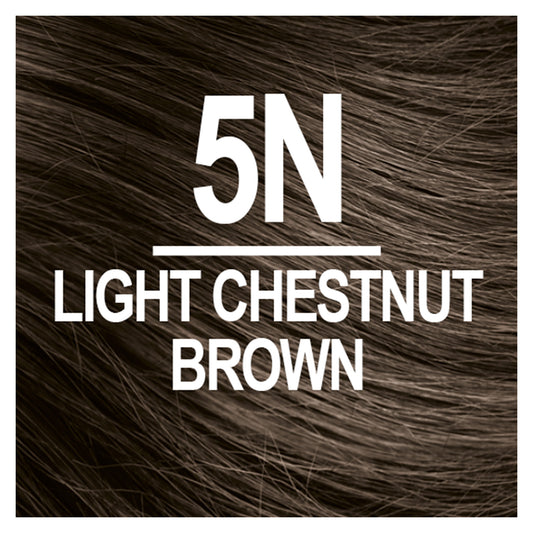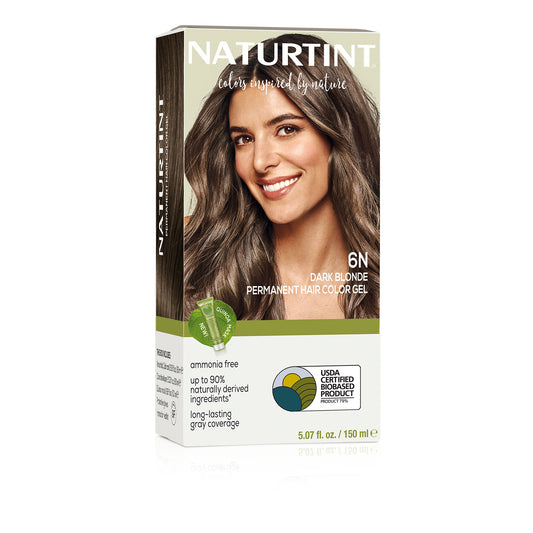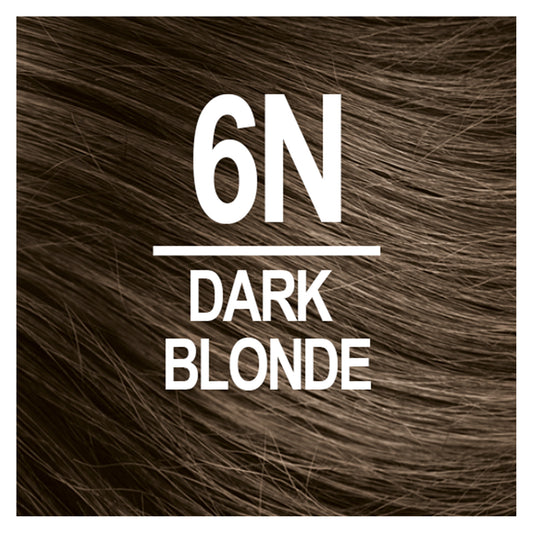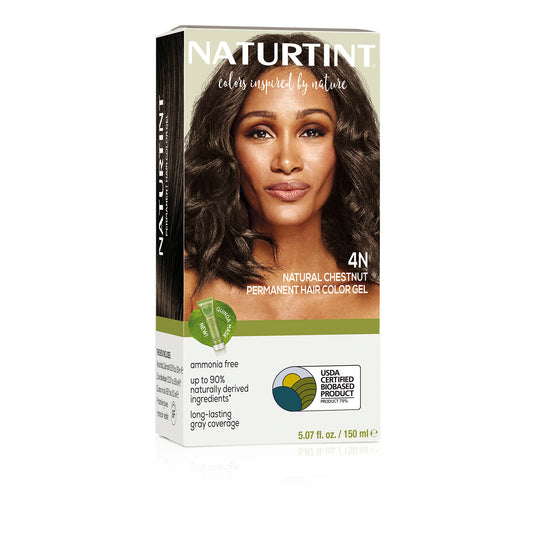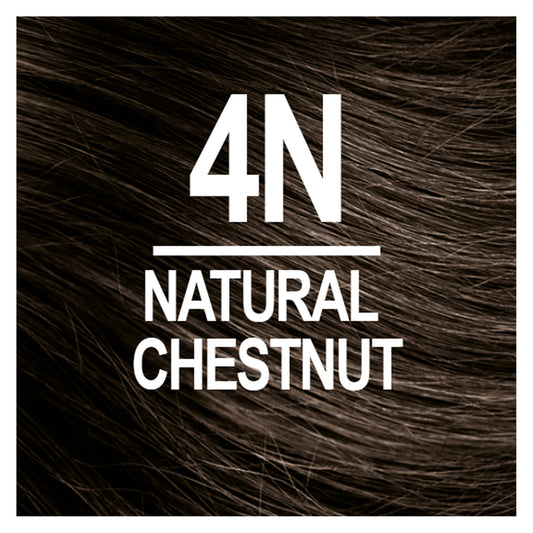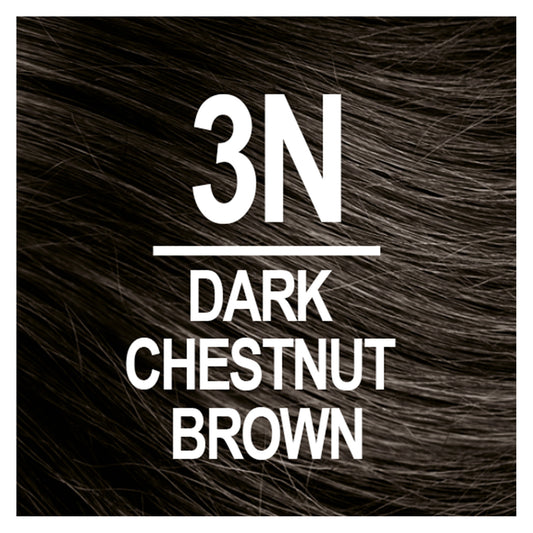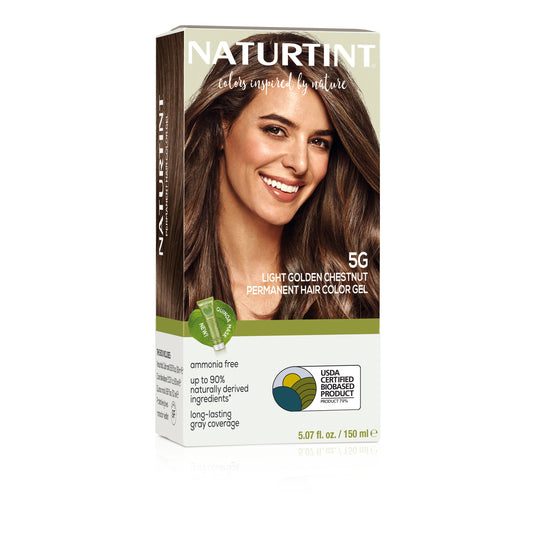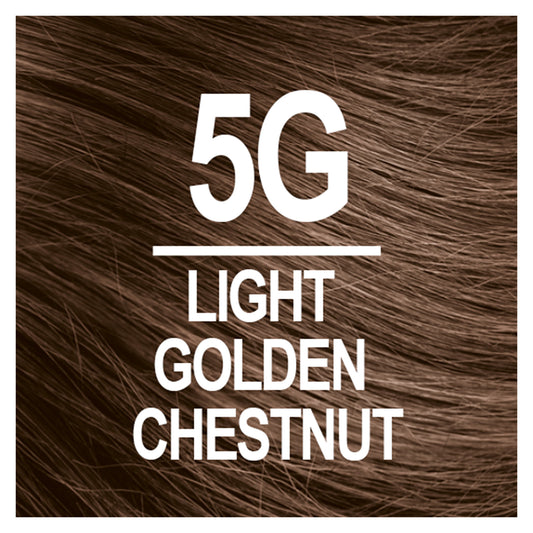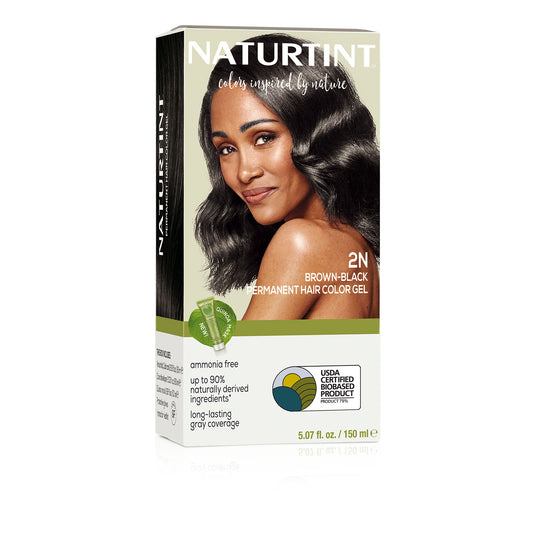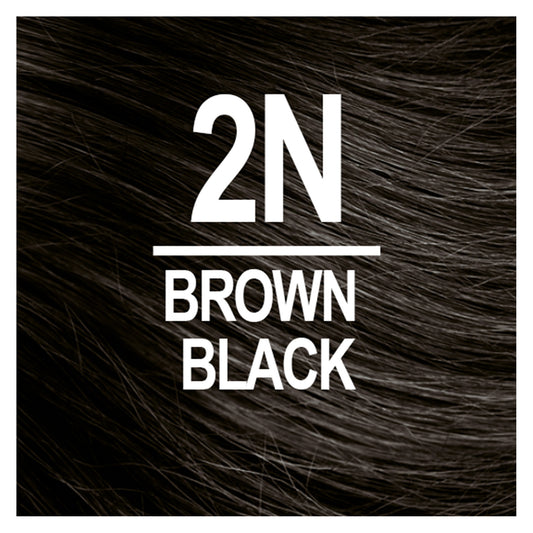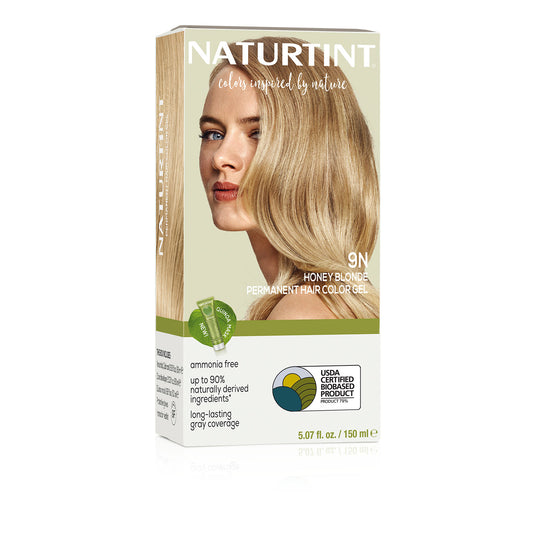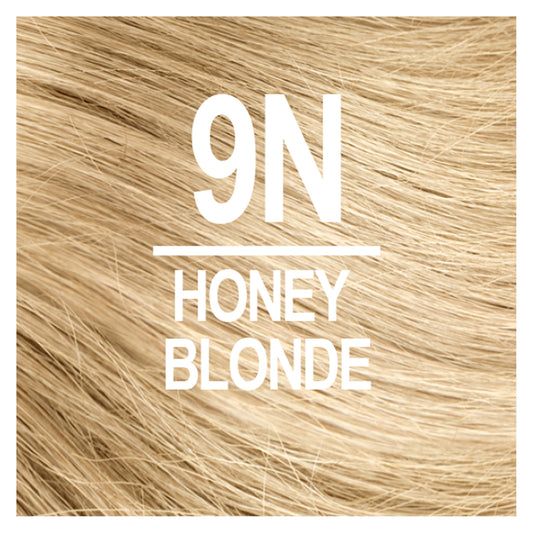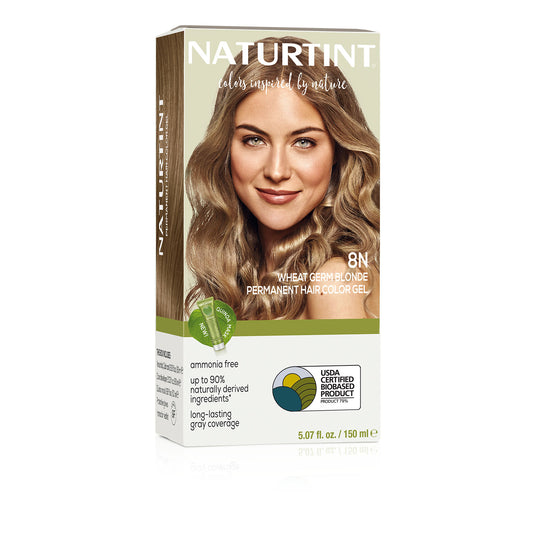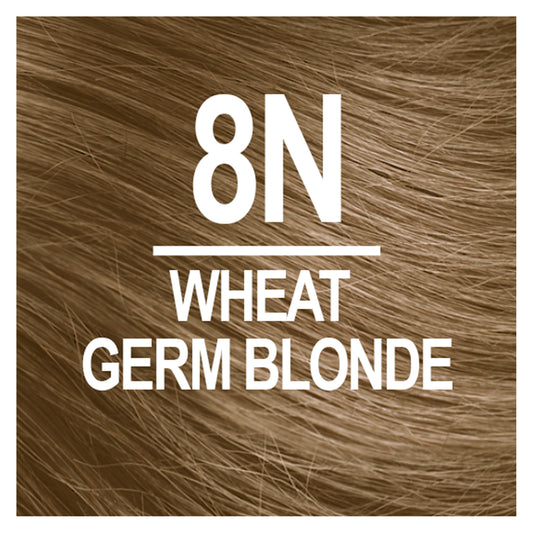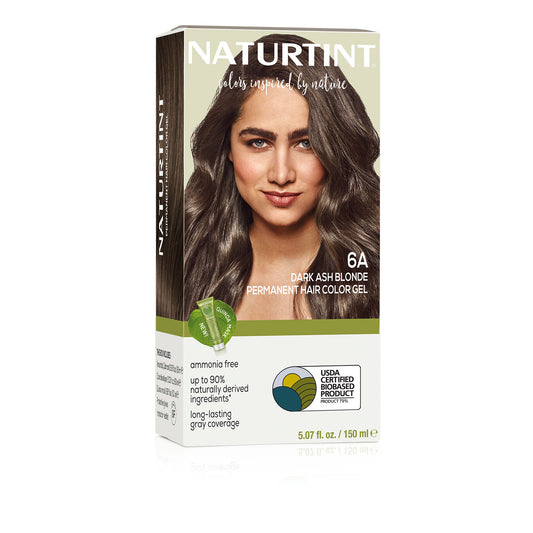From drying to straightening or curling our hair, every day we depend on hair styling tools to help us tame our locks and achieve our ideal look. And while it may feel incredibly time-consuming to style our hair, the truth is that we have it pretty easy compared to the hair styling tools our ancestors used.
Keep reading as we share the ideas behind popular hair styling tools and how they evolved into the tools we use today!
Related: The History of Hair Color: Brilliant Color Through the Ages

Hair styling tools: now and then
There’s no doubt that hair styling tools have come a long way since they were invented. Not only are today’s designs sleeker but the technology has ensured that they’re less damaging to our hair as well.
Let’s take a look at how these devices were invented and what they look like today!
curling irons
Researchers recently discovered a tool believed to be used by the nobility in ancient Egypt for curling and trimming hair. The tool, which was shaped like a pair of scissors, featured a razor on one end and a pair of tongs on the other. The end containing the tongs was most likely used to clamp and curl the hair. This tool eventually evolved into the modern-day curling iron.

As far back as 500 B.C., women placed cylindrical irons over a fire to curl their hair. Then, at the end of the 19th century as tight curls became popular, so did curling tongs. Crompton’s electric curling heater was seen as a major development as the curling tongs were placed inside of a heater instead of a fire. For the first time, this allowed women to style their hair in front of a mirror instead of having to sit fireside.
Curling irons remain a styling staple today, however, you may be surprised to learn that curling irons haven’t actually been made of iron in over 50 years! Nowadays, curling irons are usually made of either tourmaline, ceramic, titanium, or Teflon. They’re much more convenient too – with the click of a button you can easily turn the curling iron on and off, and determine the exact temperature too.
flat irons
Similar to curling irons, there’s evidence that ancient Egyptians used techniques to straighten their hair. However, the first true hair straightening device is credited to Marcel Grateau, a French hairstylist in the 1870’s. Grateau invented heated iron rods that were meant to be used alongside chemical lotions. Unfortunately, the combo of the heat rods and lotion damaged and even burned the scalps of many people. Needless to say, the device ended up being a flop.

Another early hair straightening tool was invented in 1906 by Simon Monroe and was shaped like a metal comb. But, like its predecessor, the tool left users with burnt hair and scalps. So, the search for an effective and safe hair straightening tool continued.
Finally, in 1909, metal plates were included in hair straighteners. This invention by Isaac K. Shero, allowed the metal plates to glide through hair and decrease the risk of damaging it. Shero is credited as a visionary who helped create the standards for our modern-day hair straighteners. His design included adjustable heat settings, a staple of today’s straighteners. And, he later introduced the electrical straightener and ceramic straightener.
The hair straighteners that we use today are very similar to Shero’s invention. The main difference? Most of the metal plates have been replaced with lighter metals that are coated with titanium or gold. And, the use of ceramic plates has allowed for even greater control over heat distribution and heat control.
hood dryers
In the early 1900’s, if women wanted to dry their hair, they had no choice but to visit salons. The dryers were just too large to fit in their homes. These large drying devices are best described as a large fan with a helmet to lower over the head.

Today, salons use more high-tech hood dryers. Thanks to rotating heaters, the dryers are generally more effective at effectively and evenly distributing the heat. Not to mention, they’re a lot less noisy than the older models.
hair dryers
For centuries, women have been finding inventive ways to dry their hair. For example, in the 1880’s the UK invented stoneware hairdryers to dry hair. This invention (basically a hot water bottle for hair) was highly damaging to hair and luckily, decreased in popularity by 1900.

Nowadays, modern hair dryers have improved leaps and bounds from their predecessors. Not only are they light and quiet, but they also dry hair incredibly quick. And, some even have options for a cool airflow, making it easier to style dry hair.
hot rollers
It’s hard to believe that there was a time when metal rollers were popular. But at the time, no one knew just how damaging to the hair and dangerous for the scalp metal rollers were.

Fast forward to today, and metal rollers are now far in the rear-view mirror. Since their glory days in the 1950’s, they’ve been replaced by velcro, sponge, and hot rollers. Not only are these rollers lightweight, but they make it easy for all different types of hair to get big, soft curls.
A final word on hair styling tools
As much as we love and rely on hair styling tools as part of our beauty routine, we should also be aware that overusing hair styling tools can damage our hair and cause color to fade faster.
Here are a few ways to minimize damage to your hair:
- Reduce the number of days per week you use heat tools.
- Lower the temperature – you can achieve a look you’ll love without maxing out the temp!
- Blow dry on damp, not wet hair as this will cause less damage.
- Use a leave in conditioner like this one to moisturize and nourish hair
Looking for more hair tips? Don’t hesitate to reach out to our hair color specialists. They’re always happy to help answer are hair care and color-related questions!



